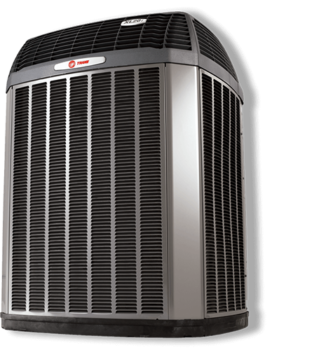When the winter season doesn’t bring cooler temperatures, it can be hard to find relief from the heat. One way to shield your home from high temperatures is by installing a radiant barrier.
Heat travels to cooler areas by a combination of conduction and radiation. Where conducted heat moves through materials, radiated heat moves from a surface in a straight line and heats anything that absorbs its energy. Thermal insulation materials guard against heat by slowing conductive heat flow. Radiant barriers reduce radiant heat gain by reflecting heat into an air space. A radiant barrier will diminish radiant heat transfer from the underside of your roof to other surfaces in the attic.
Proper installation of a radiant barrier is key to ensure that it is effective. The radiant barrier will function most efficiently when it is situated perpendicular to the radiant energy striking it. The barrier should be installed in a way that will minimize dust buildup, which can reduce its reflective capability. Radiant barriers are most effective in hot climates, particularly when air ducts are located in the attic. Studies have shown that installing a radiant barrier may reduce energy costs by as much as 10 percent in homes located in a hot, sunny climate. In some cases, the reduced heat gain may allow you to use a smaller air conditioning system.
At Mathews CCAC we are Constantly Concerned About Customers. Contact us today for more information about installing a radiant barrier in your Coastal Bend home, or with any other questions about home comfort and energy efficiency.
Our goal is to help educate our customers in Corpus Christi, Texas about energy and home comfort issues (specific to HVAC systems). For more information about radiant barriers and other HVAC topics, download our free Home Comfort Resource guide.
Credit/Copyright Attribution: “Roobcio/Shutterstock”












